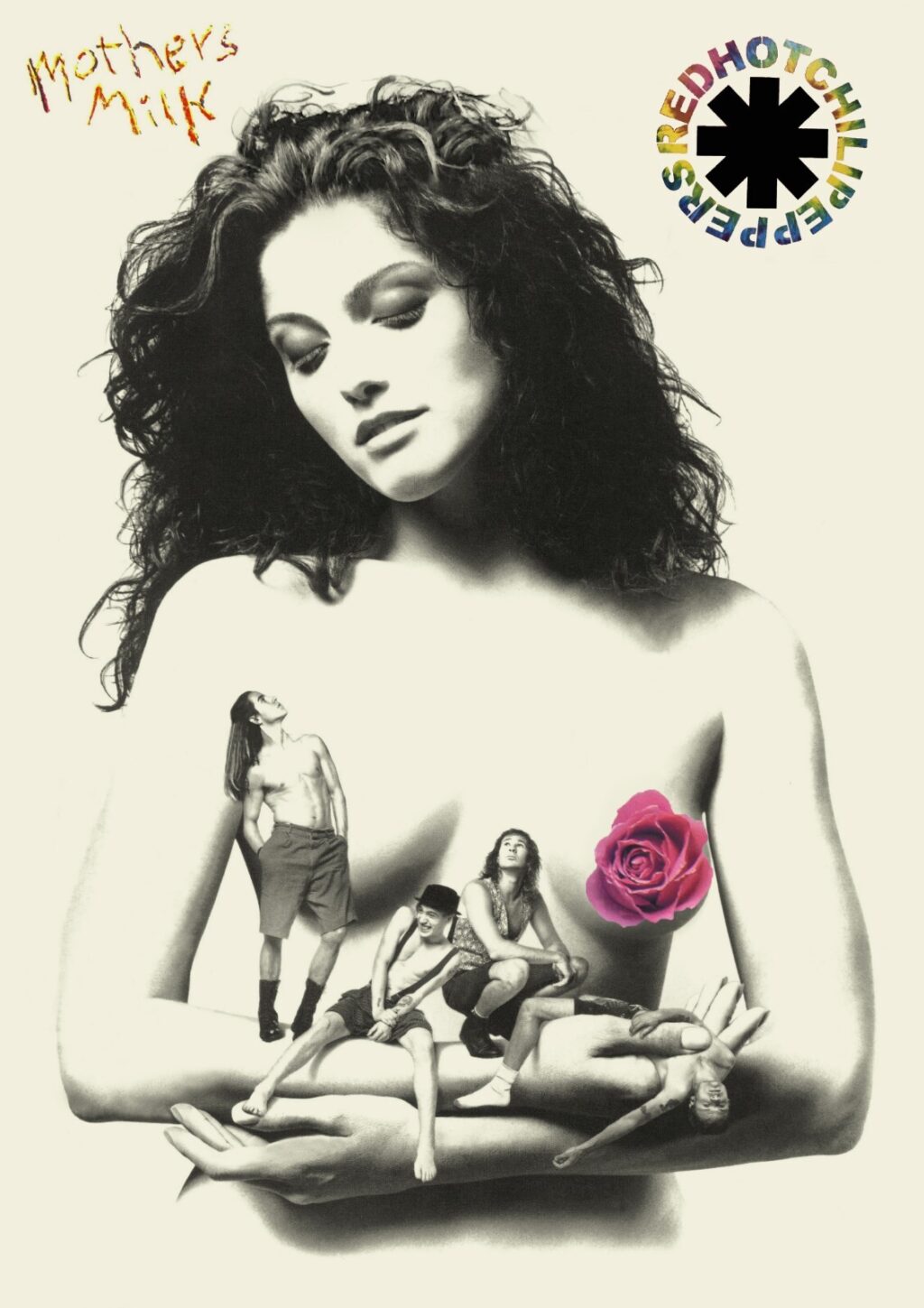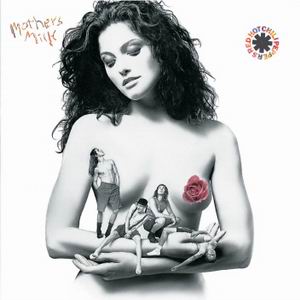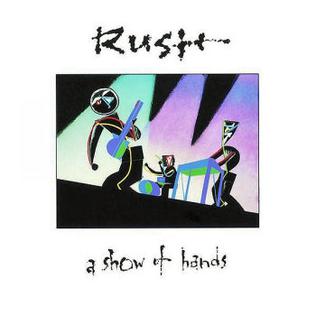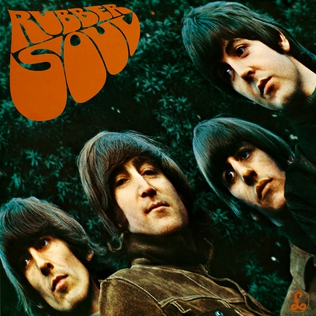
Greetings and welcome to part two of my meditations on Red Hot Chili Peppers’ seminal fourth long-player, Mother’s Milk.
All apologies for the long delay. My intent for these album pieces is to be short and sweet (ish), but it’s just not possible here. Look, I wore out my original Mother’s Milk cassette… But, immersing myself in this music again for the first time in decades, I’m more astounded than ever by the impact it had on my sensibilities as I grew my collection. It’s depths of influence are too great to not do a full-on review.
So… Where was I? Ahhhh, yes… A freshly minted high school senior impulse shopping at a local cd shop; early fall, 1989. Having discovered Red Hot Chili Peppers were, indeed, a real band, I compulsively purchased Mother’s Milk on cassette and went eagerly on my way.
INDEED IT DID SEEM THAT THEY HAD STRANGE WAYS
It’d be fair to expect after all this build up that Mother’s Milk must’ve been instantly epiphanal. And in a way it was… I knew there was something there right away, obviously. But RHCP’s amphetaminic fusions of funk, metal, rap, soul, punk, psychedelia, and jazz were a lot to unpack.
First impressions mixed shock, puzzlement, embarrassment, amusement, and exhilaration! Contemporary acts like Living Colour, and Guns N’ Roses, who also drew on influences that far preceded new wave, were good primers, yes. But Red Hot Chili Peppers were their own thing: weirder; primal; …fully engorged…
Hacking through the heavy brush of ancient memories, I can almost see myself now, rush-walking home and up those steep, brown carpeted steps to my bedroom; peeling away the cellophane, pulling the tape from the case, inserting it into my boombox, pressing “play,” hearing a tone burst…and then CHAOS!!!
– Side note -Inconsequential Lessons in Music History

Before moving to WB in 1990, Red Hot Chili Peppers’ music was issued by EMI – who, along with sister label Captiol, unusually featured XDR “tone bursts” at the beginning and end of every cassette. So, the first sounds one heard after pressing “play” were a series of ascending digital notes (“boo-doo-doe-da-dee-deet”). Then, after a 3 second pause, the album properly began. Yes, the false start was disruptive, but the detail distinguished the cassette experience from vinyl and cd.
Anyway…
Hey Yeah!
Funk-rap-metal jam “Good Time Boys” cold-opens Mother’s Milk with a bizarre blast of avant bass/guitar noise and a hearty group shout out (“HEY YEAH”); from there, sharply settling into a swinging, if bludgeoning groove ala “Black Dog.” In the breaks, complimenting Flea’s ornate, vintage funk-inspired bass lines, Frusciante’s nimble-yet-chunky riffs simultaneously echo Jimi and Jimmy. Out front, Kiedis’ shouted rhymes balance brags with call-outs to respected ’80s L.A. underground peers.
| The Principles: |
|---|
| Anthony Kiedis words & vocals |
| Flea bass & trumpet |
| John Frusciante guitars & backing vocals |
| Chad Smith drums |

Two-thirds the way through, in a space typically reserved for guitar solos, the group scratches the record, inserting a rough-cut audio collage* of song fragments borrowed from those aforementioned peers. Sound gimmicky? …Whatever. The stunts work as hooks that beg the question “what will these guys pull out of their socks next.
*Fishbone’s “Bonin’ In the Boneyard,”; Thelonious Monster’s “Try“; “White Girl” by X.
SAILING WITH STEVIE
Next, Flea’s frenetic, isolated bass ignites a very metal update to Stevie Wonder’s “Higher Ground.”
Now, full disclosure, I’d not heard Wonder’s original until after hearing the Chilis’ version. That said, although I liked ‘roided-up cover song novelties as a teen, my long-standing opinion of such fare has been that they generally don’t age well. But here, despite effectively trading Wonder’s lopey rhythms for bluster, the band’s ebullience and reverence for the source prevail. Feeding his mountainous mix, producer Michael Beinhorn conjures layers of funk, metal and neo-psychedelic guitar from Frusciante to mesmerizing effect. And, seriously, between Smith’s raucous beats and those cheerful group-sung choruses, I want to jump up and sing along to this banger right now just thinking about it!! The unexpected hardcore punk coda at the end is an especially fun touch.

Aided by a colorfully animated promo video that featured often on MTV’s 120 Minutes in the fall of ’89, “Higher Ground” gave Red Hot Chili Peppers their first mainstream hit; boosting their profile enough to net gigs in major advertising campaigns, late night tv, feature film soundtracks, a better record deal, and, ultimately, superstardom.
Once Aboard and Feeling Smooth
Having (for now) satisfied the gods of obligatory covers, the Chilis follow with a pair of tracks greatly informed by the Minister of the New New Super Heavy Funk himself, James Brown.
Anchored by skittering rhythms, swinging horn flourishes, and a forceful emphasis on “The One,” the hectic “Subway to Venus” nudges the group into jazzy r&b territory; all sections playing contrasting patterns and textures that resolve together at the end of every measure. Craziness! All the while, Anthony, ever the winking bragadoccio, invites listeners on a cosmic ride, dealing playfully abstract meta rhymes that both recall and directly reference his musical forebears.

I had JB pegged as the main influence, but compare this live version of “Subway to Venus” from David Sanborn‘s Night Music against Sly & the Family Stone’s performance of “Thank You (Falettinme Be Mice Elf Again)” on the Midnight Special.

From there, shifting focus from the cosmos to a Forum packed with an altogether different set of stars, RHCP salute their beloved L.A. Lakers on “Magic Johnson.”

Alternating tribal drumline sections with JBs-styled breakdowns, the group chants individual tributes to the roster that dominated the ’80s NBA. In hindsight, would kids today connect with a homer song about long-retired roundballers? I don’t know, but this is a fun jam.
The Freakiest Show I Know
Then, just when you think they might let up a bit five tracks in, Red Hot Chili Peppers erupt into epic aural mayhem on “Nobody Weird Like Me!” Broken into distinct parts, this thrashing punk-funk-metal monster’s first two-thirds play like a breakneck composite of everything we’ve heard so far; bursting with frenzied-yet-elastic bass leads, chunky metal riffs, relentless power drumming, and mischievously absurd lyrics. Some new wrinkles appear – synth washes courtesy of producer Beinhorn, for example, but you get the idea.
At the 2:40 mark, an abrupt apocalyptic instrumental break changes the vibe entirely, segueing the song’s final section into “Kashmir“-styled, quazi-Zep territory; exotic eastern sonic affectations, majestically measured grooves, and all!

Today, I’m so thoroughly versed in Led Zeppelin that I hear their imprint on 90% of all rock produced since the late ’80s. But it was the influence of those groups that followed them, like Red Hot Chili Peppers, Whitesnake, the Cult, Bonham, etc. – the stuff playing on rock radio in my teen years, that sparked that interest.
PAIN’S PART OF LIFE
Changing pace at album midpoint, the Chilis split the sides with two of their most mature and conventionally crafted original songs to date…
The end of side one finds the band in uncharacteristically deep waters on “Knock Me Down.” Confronting addiction* after founding guitarist Hillel Slovak’s sudden passing a year before, Anthony pleads “don’t be afraid to tell your friends that you hurt inside”; underlining the importance support plays in the struggle for sobriety.

And the song advances the group’s songwriting, as well. Oh, it’s still possessed of driving energy, but instead of proving again how awesome they are technically, John, Chad, and Flea lock into a hummable, tempered, shuffling funky groove reminiscent of T-Rex. Kiedis, with Frusciante on backing vocals, actually sings rather than shouts; a harmony approach will serve them very well on future recordings.
* A theme the band will revisit often in ensuing years.
End Side 1
To be continued…



